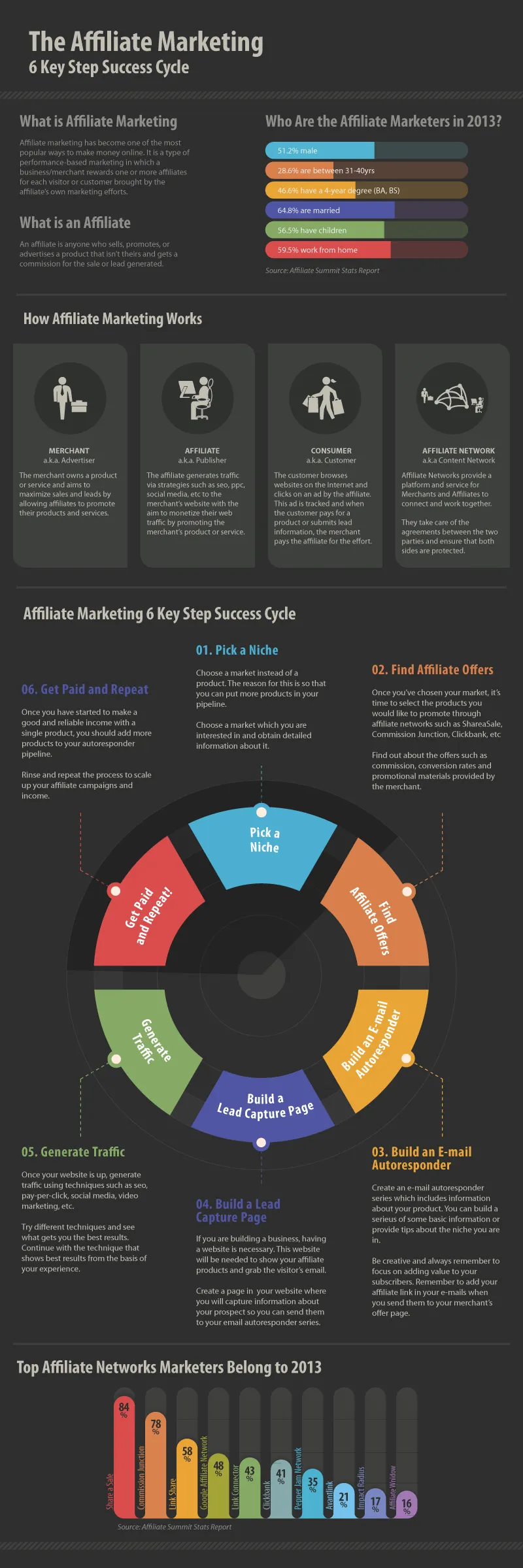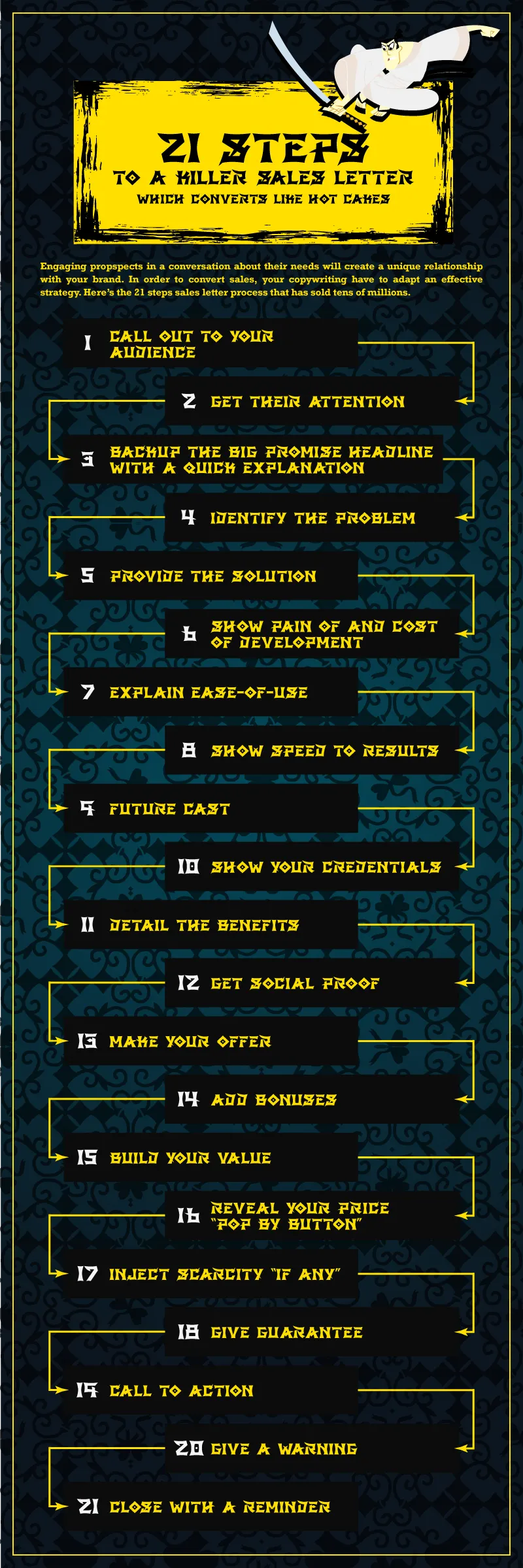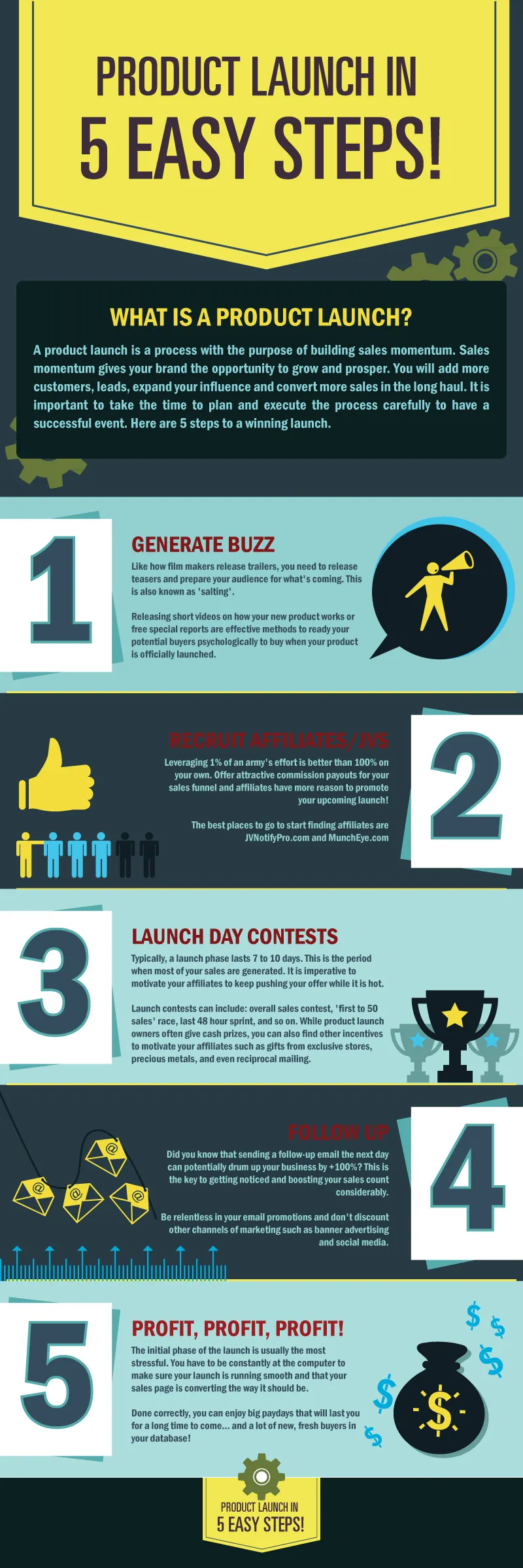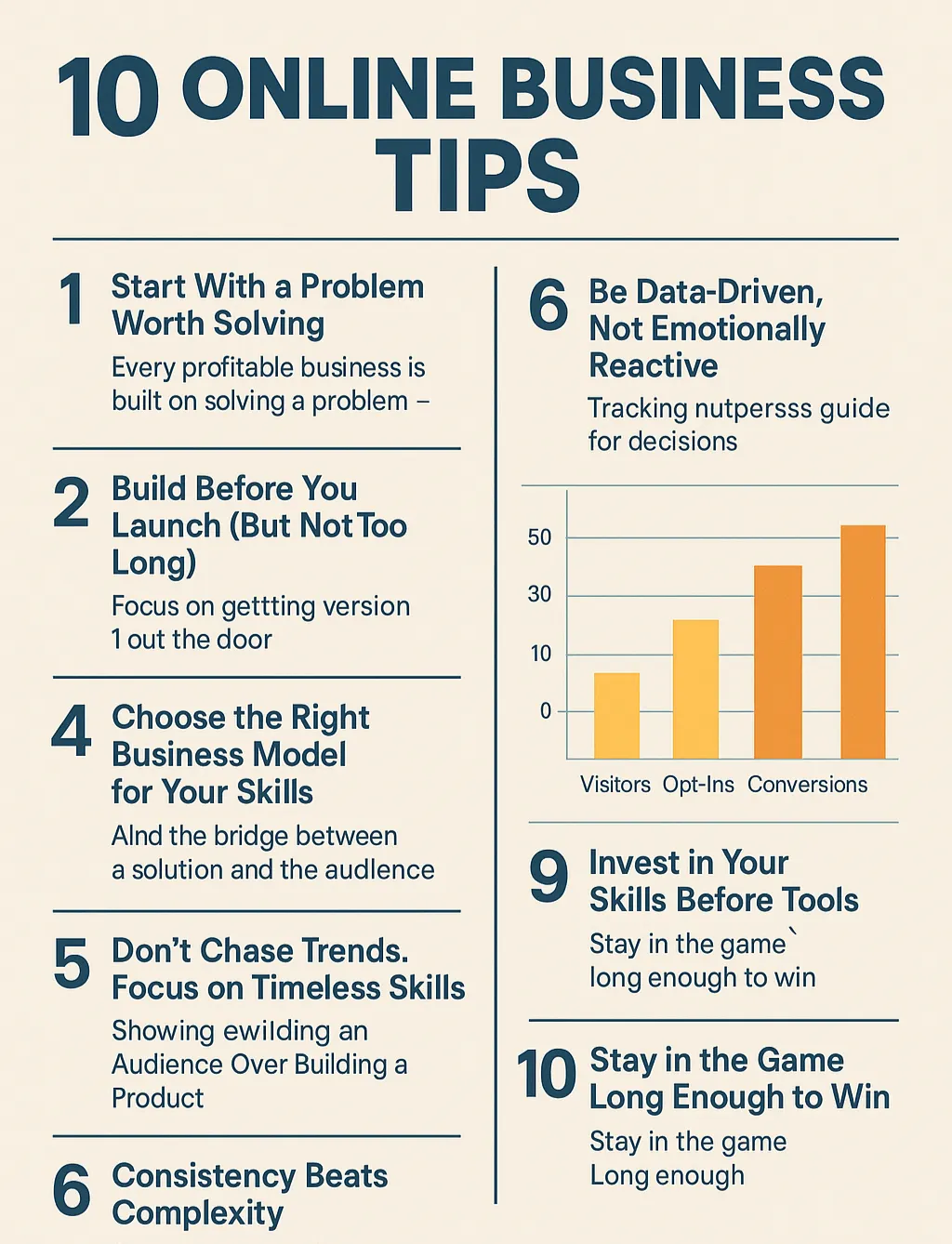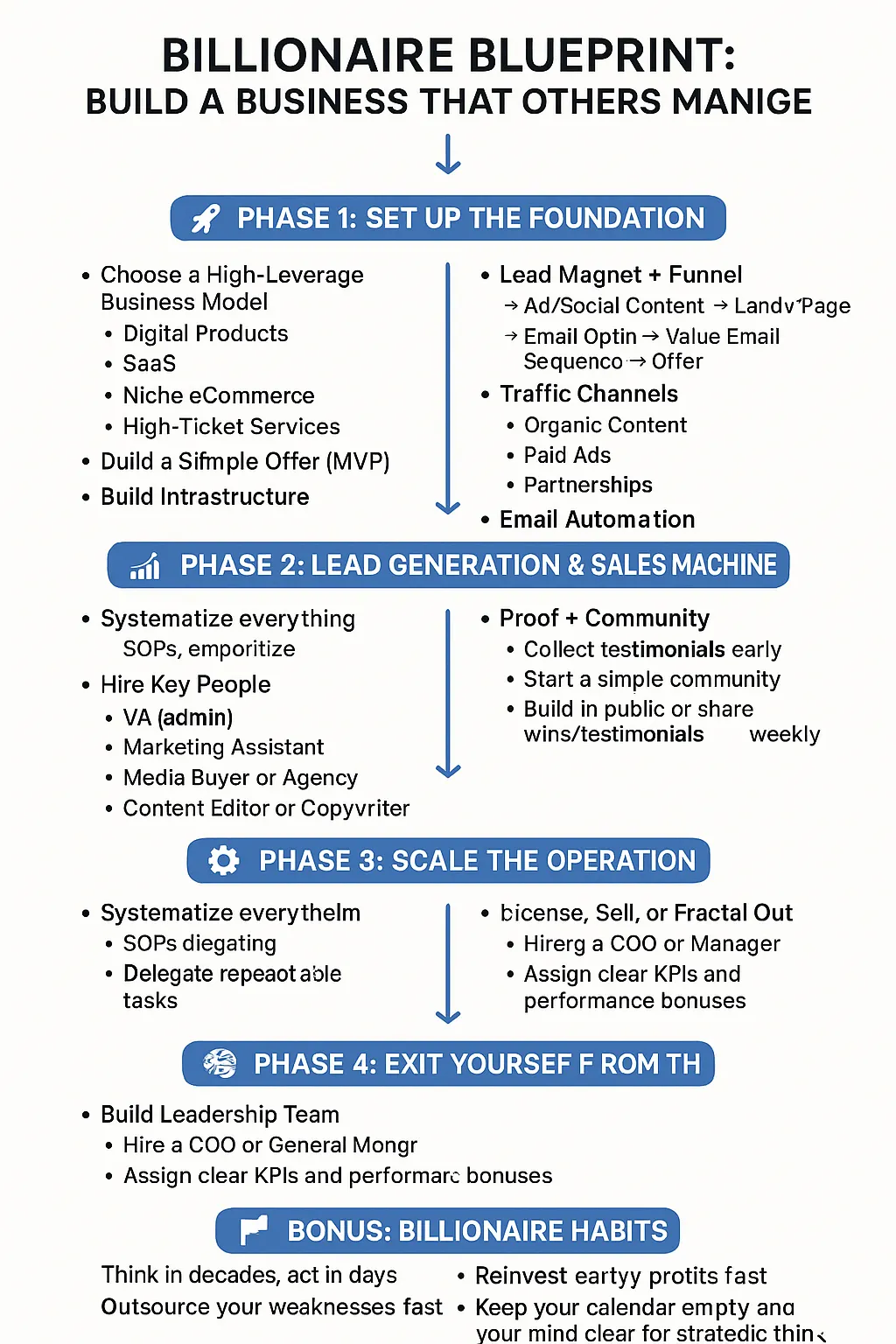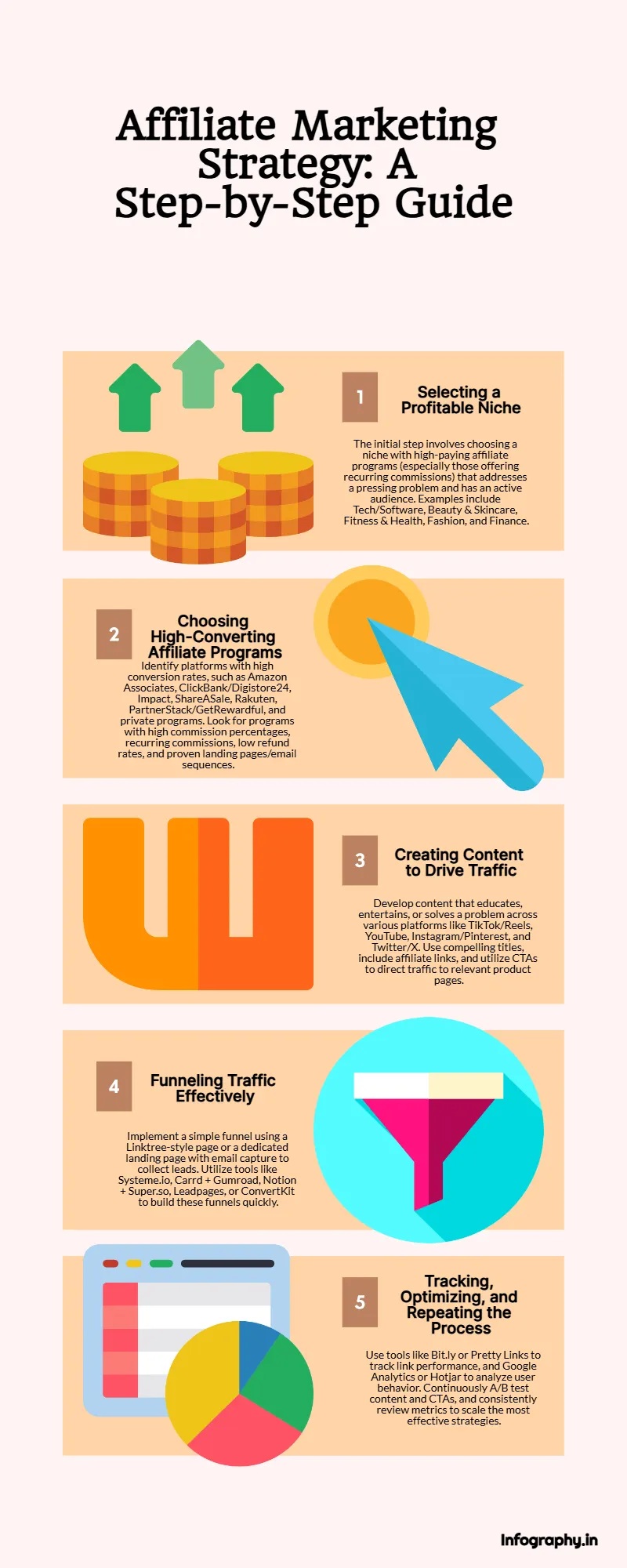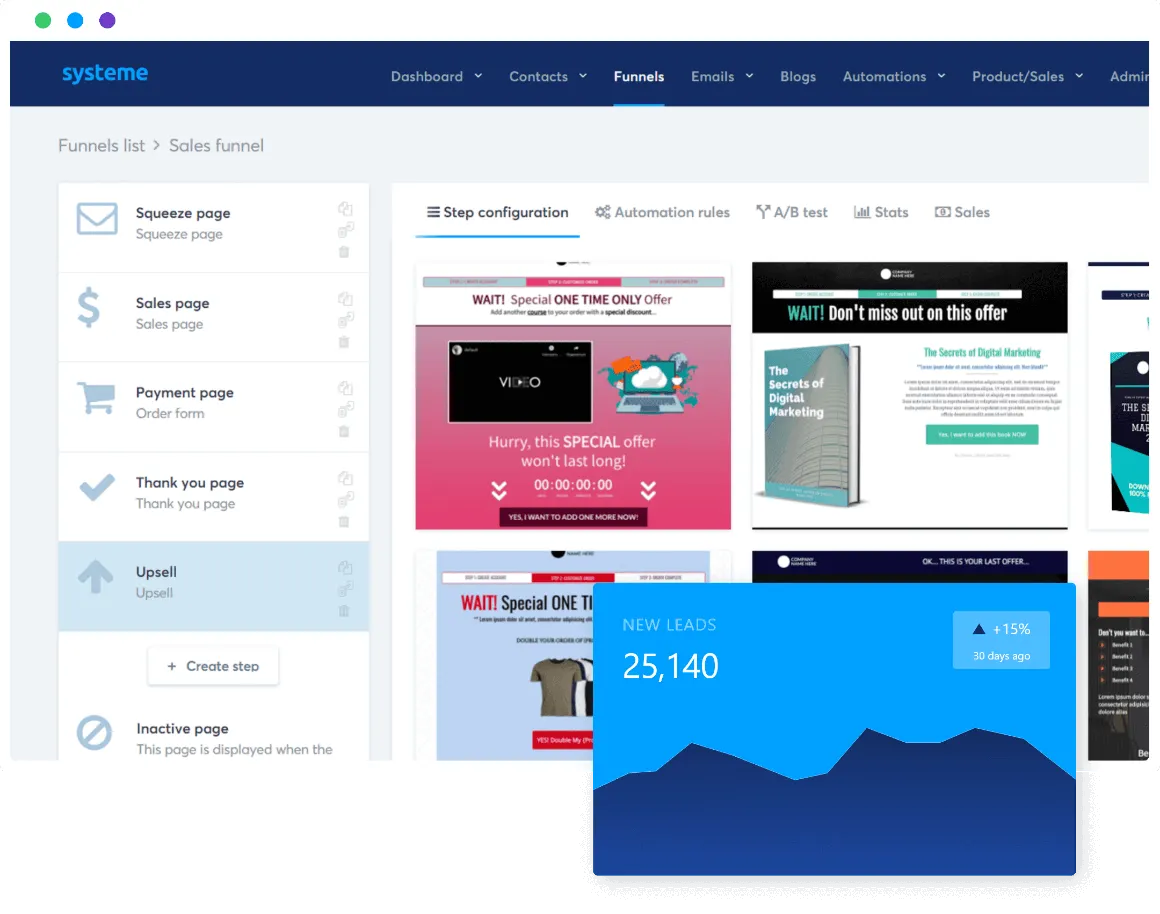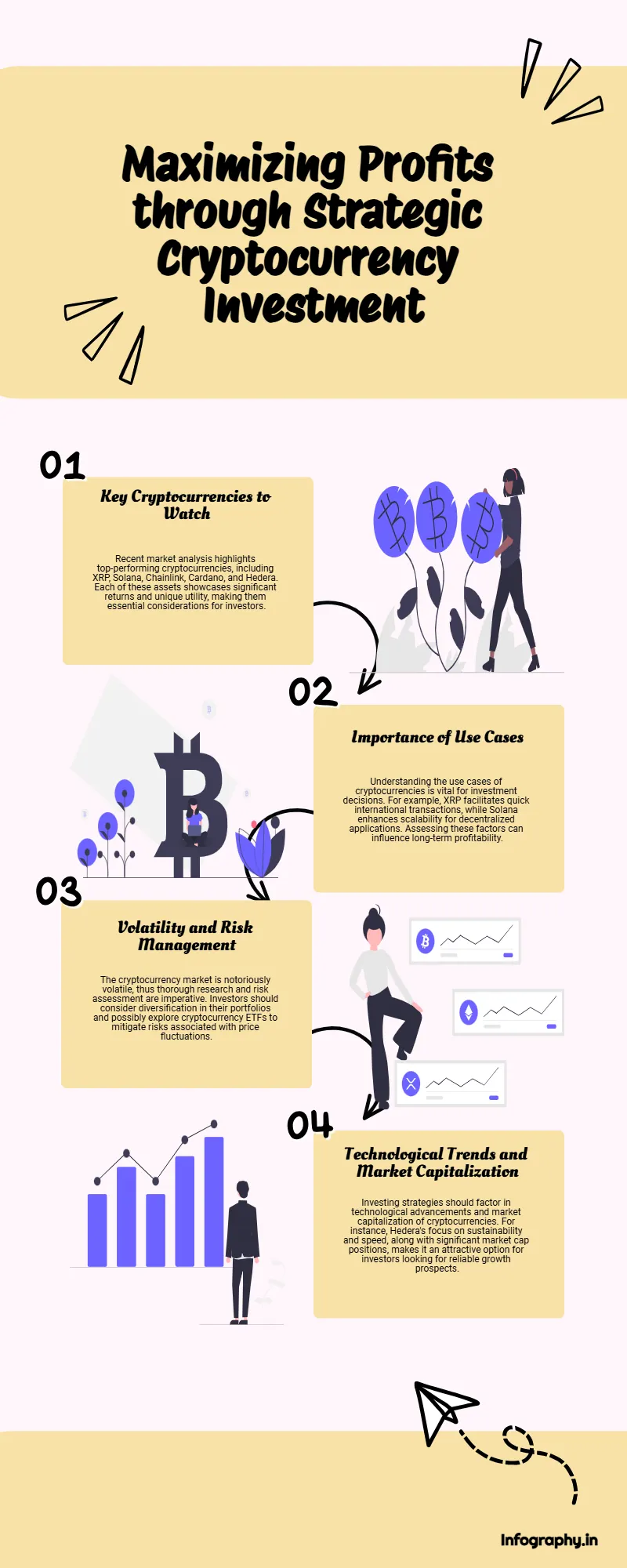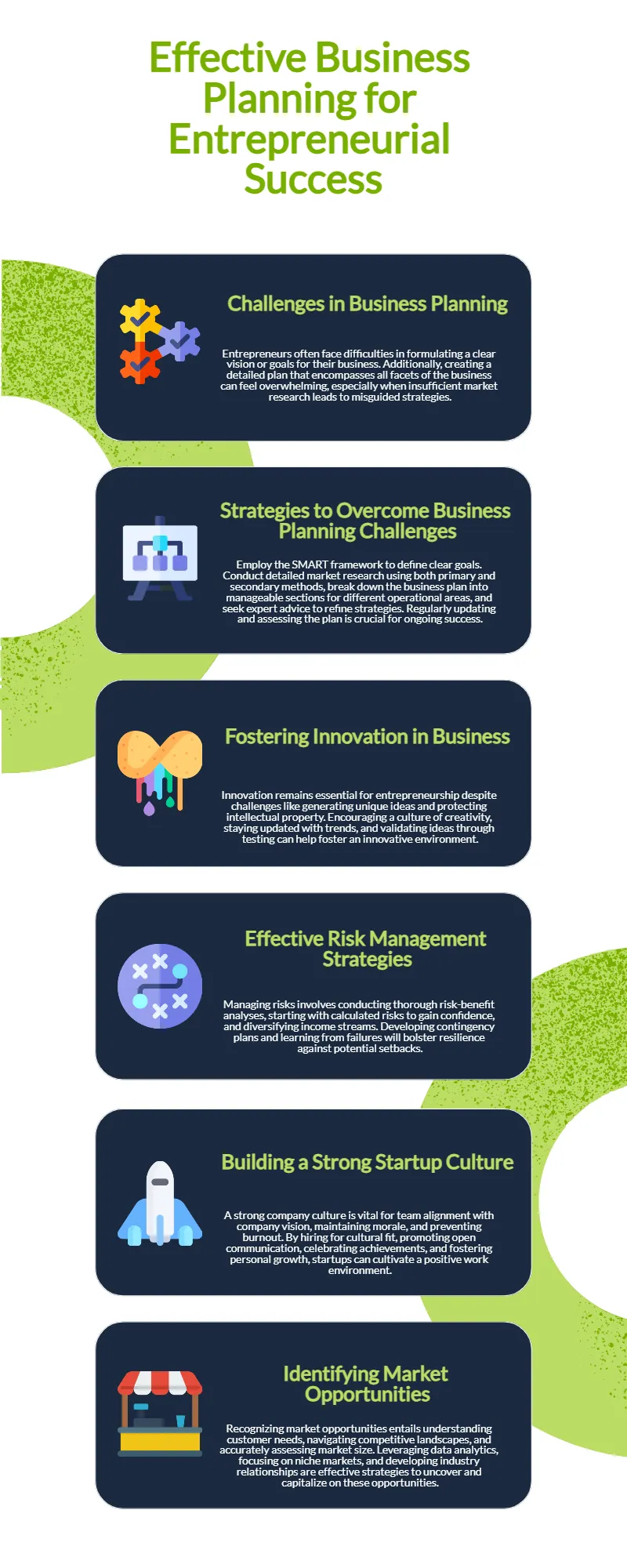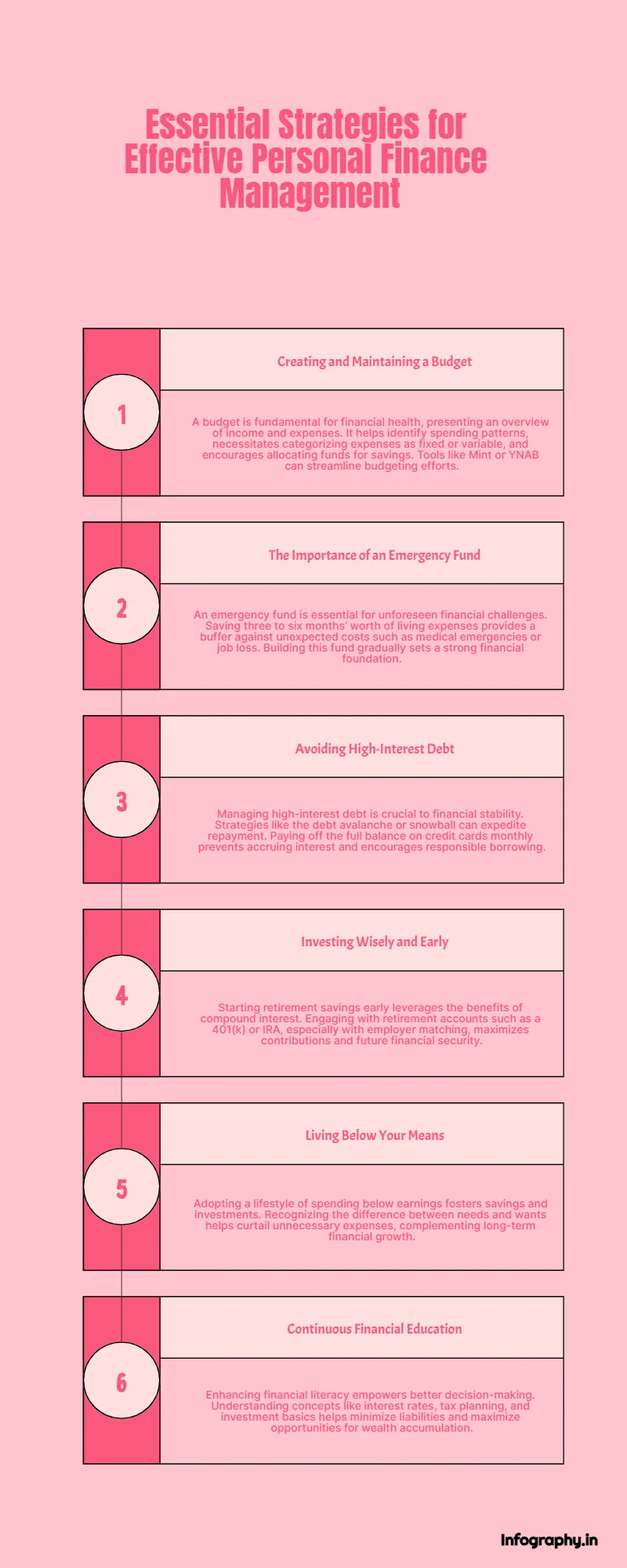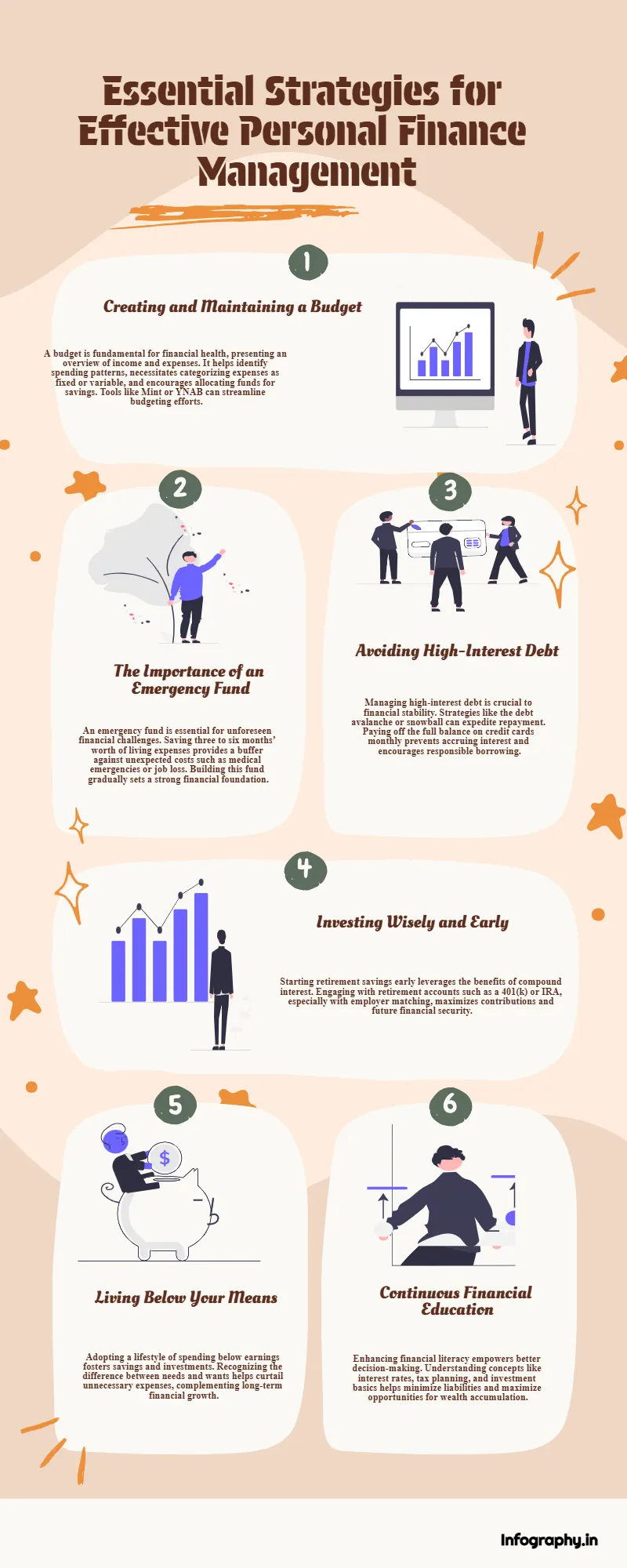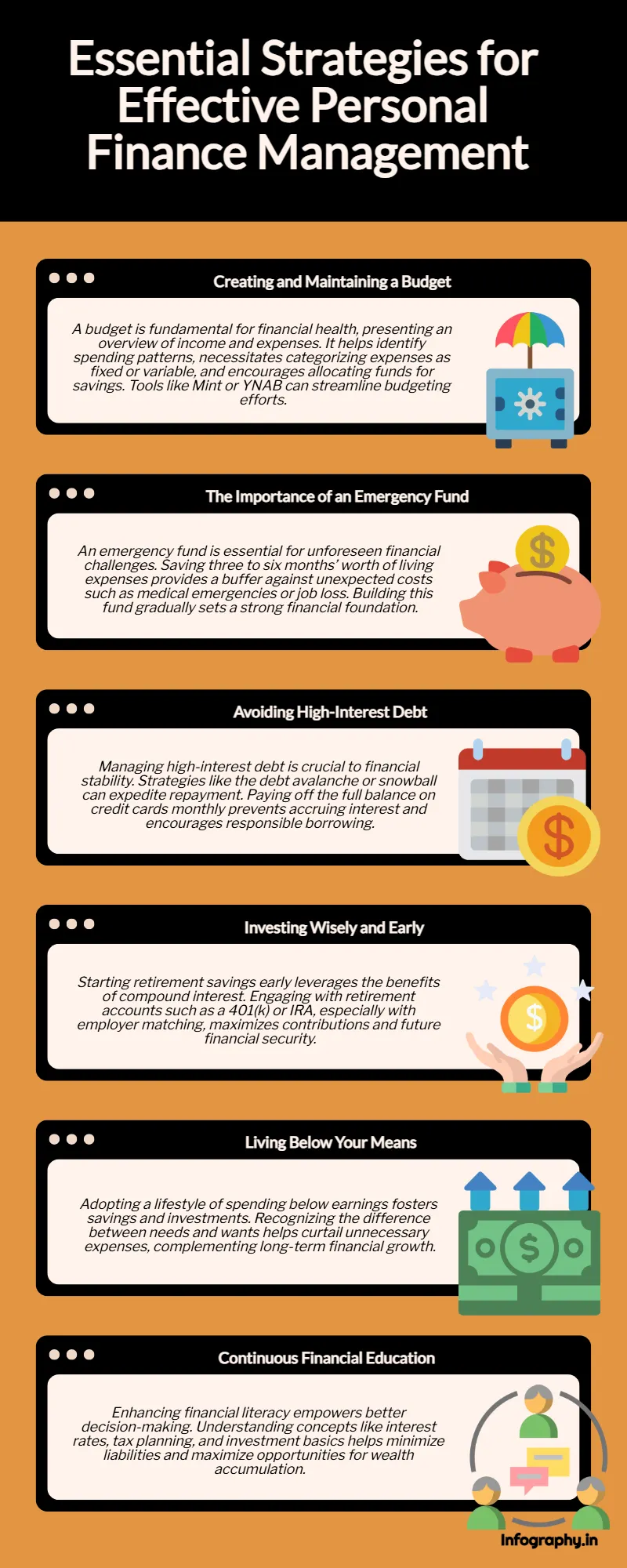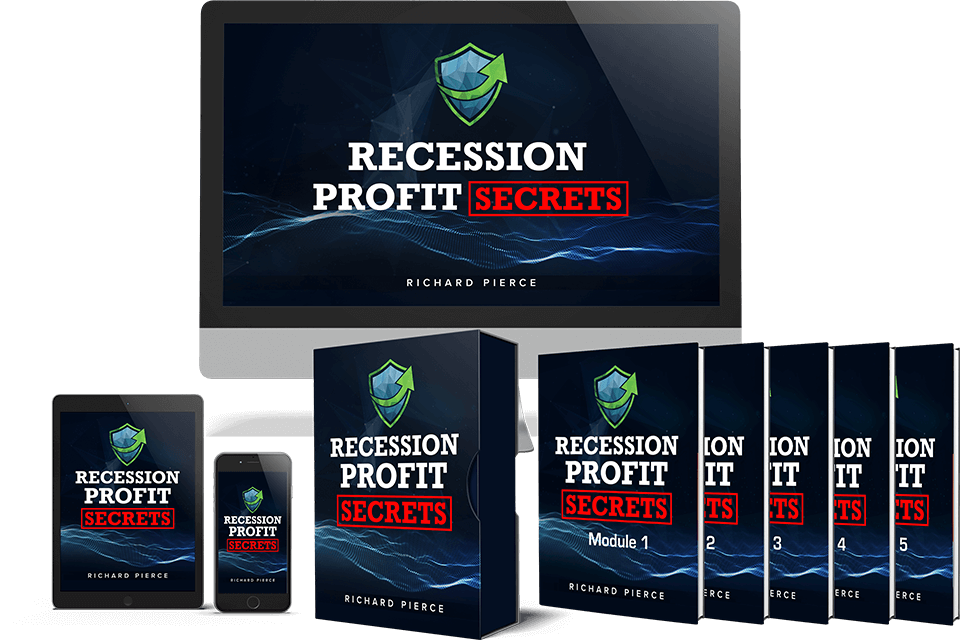Top 10 Influence Tips for Beginner

Top 10 Influence Tips and practical applications for beginners:
1. Understand What Influence Really Is
Influence goes far beyond manipulation or simple persuasion—it’s the art of shaping perceptions, decisions, and behaviors through authentic connection and trust. True influence is not about forcing people to act, but guiding them to make choices aligned with your message because they want to, not because they have to. It’s built on credibility, empathy, and consistency. When you understand influence as a relational force rather than a transactional tool, you create lasting impact that extends beyond a single interaction.
2. Learn How People Are Wired
Human decisions are driven by a complex mix of emotion, subconscious biases, and rational justification. Neuroscience shows that people often decide emotionally and then rationalize their choices afterward. By understanding cognitive biases (like loss aversion, confirmation bias, and the halo effect), you can communicate in ways that resonate on a deeper level. When you speak to the subconscious drivers—fear, desire, identity, belonging—you don’t just capture attention, you shape behavior at its root.
3. Build Unshakable Credibility
Credibility is the foundation of influence. No matter how compelling your message, people won’t act unless they believe you’re trustworthy and competent. Credibility is built through consistency in your words and actions, transparency in your intentions, and a track record of delivering real value. Share your expertise, admit your limitations, and follow through on promises. Over time, this builds a reputation that makes your influence automatic—people listen because they know you’re someone worth listening to.
4. Use Persuasion as a Tool, Not the Whole Strategy
While persuasion techniques (like framing, scarcity, or calls to action) are powerful, relying solely on them leads to short-term wins and long-term distrust. Influence is broader—it includes storytelling, emotional resonance, timing, and positioning. Instead of pushing people to act, invite them into a narrative where the decision feels natural. Combine logic with emotion, urgency with value, and clarity with curiosity. This holistic approach creates influence that feels authentic, not aggressive.
5. Master the Rules of Influence
Psychologist Robert Cialdini identified key principles of influence—reciprocity, commitment and consistency, social proof, authority, liking, and scarcity. These aren’t tricks; they’re deeply rooted in human psychology. For example, offering value first (reciprocity) increases the likelihood of a return favor. Showing that others like them have taken action (social proof) reduces hesitation. When applied ethically and strategically, these principles become invisible forces that guide people toward saying “yes” naturally.
6. Focus on Conversion Through Connection
The most powerful influence doesn’t feel like influence at all—it feels like alignment. People don’t follow those who seem self-serving; they follow those who understand them, reflect their values, and make them feel seen. When you build genuine rapport, share relatable stories, and communicate with empathy, you create a magnetic connection. Conversion—whether it’s a sale, a partnership, or support—happens not because of pressure, but because people want to move forward with you.
7. Leverage Influence in Business
Influence is a game-changer in every area of business: sales, leadership, marketing, and negotiation. A skilled influencer doesn’t push a product—they position it as the solution to a deeply felt need. They don’t demand compliance—they inspire action through vision and trust. Use storytelling to make your brand memorable, frame offers to highlight value over price, and lead teams by earning respect rather than demanding authority. Influence turns transactions into relationships and customers into advocates.
8. Understand Decision-Making Psychology
Most people think they make logical decisions, but in reality, decisions are shaped by subconscious cues, emotional context, and environmental triggers. For example, people are more likely to say “yes” when they feel safe, when they see others doing the same, or when a choice is framed as avoiding loss rather than gaining a benefit. By mastering these psychological levers—such as anchoring, priming, and the decoy effect—you can design communications and offers that make the right decision feel obvious and effortless.
9. Apply the 3 Key Tactics of Influence Mastery
All effective influence strategies boil down to three core pillars: Credibility, Emotional Alignment, and Strategic Persuasion. First, establish credibility so people trust you. Then, create emotional alignment by connecting with their desires, fears, and identity. Finally, apply strategic persuasion—using timing, framing, and psychological principles—to guide them toward action. When all three are in sync, your influence becomes powerful, ethical, and nearly invisible.
10. Practice Influence Daily
Influence isn’t a switch you flip—it’s a skill you develop through consistent practice. Every conversation, email, social media post, or presentation is an opportunity to refine your ability to connect, communicate, and inspire action. Start small: notice how your tone affects responses, test different ways of framing requests, or observe how stories engage people more than facts alone. Over time, deliberate practice turns influence from a technique into a natural part of who you are—making you more effective in every area of life.
By mastering these ten principles, you don’t just become more persuasive—you become someone others naturally look to, trust, and follow. Influence, done right, isn’t about control—it’s about creating value and leading with integrity.
Click here for the video course on Influence.


